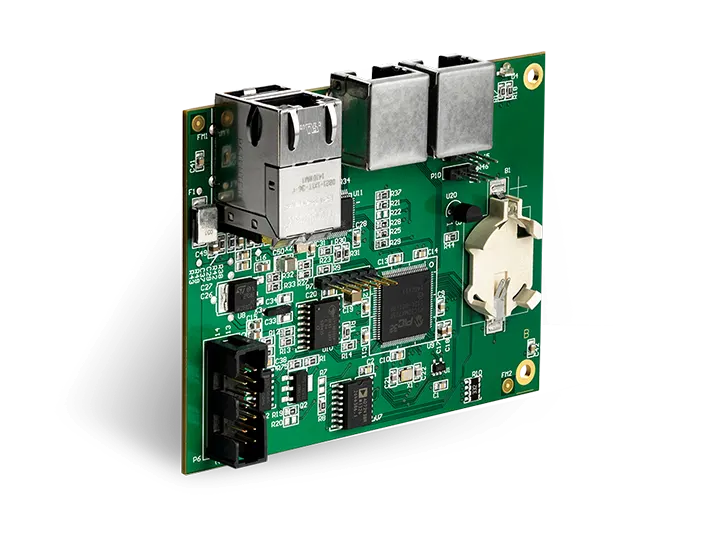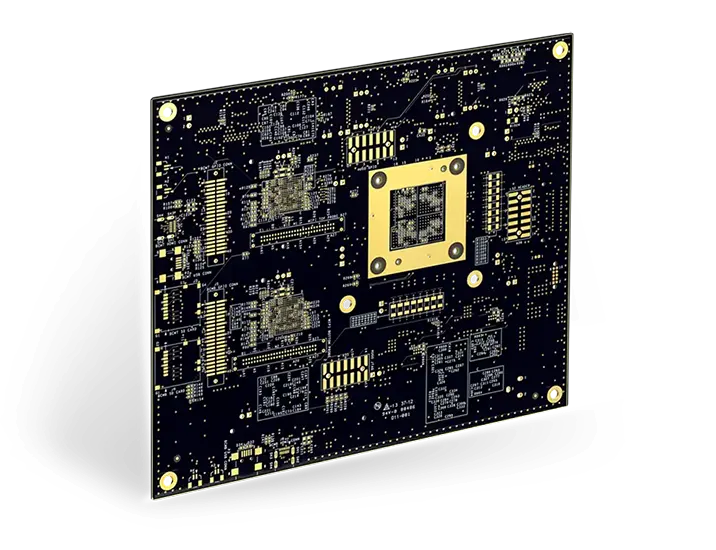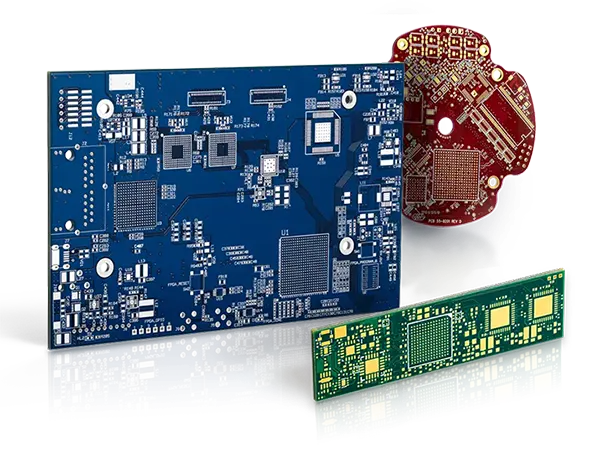RF PCB Thermal Management and Simulation

MingYao Ding
Principal/VP of Engineering
Ozen Engineering

Vandana CC
Engineering Project Coordinator
Sierra Circuits
While signal integrity and controlled impedance often take the spotlight, the way your board handles heat is also critical for long-term reliability. If left unmanaged, localized hotspots might cause permanent damage to high-power devices.
Radio-frequency circuits are susceptible to even minor variations in temperature. A rise of just a few degrees might increase insertion loss, alter device bias points, or degrade amplifier efficiency.
In this webinar, you will learn how to address RF PCB thermal issues.
Design strategies to facilitate heat dissipation in radio-frequency boards
To begin with, identify the hotspots in your design. Power amplifiers, low-noise amplifiers, voltage regulators, and mixers are notorious for producing heat. By mapping these thermal sources early through simulation, you will know which areas of your board demand special attention.
Material selection becomes the next critical decision. When your design demands high power, choose a laminate with thermal conductivity above 0.5 W/m·K. PTFE-based laminates such as Rogers 4350B provide values around 0.6 W/m·K, while ceramic-filled laminates like Rogers 92ML or Taconic CER-10 can reach up to 2 W/m·K.
How you build your stack-up is an essential factor for efficient heat dissipation. Place solid copper planes adjacent to high-power component layers to create a direct conduction path. Have thick copper layers (2 oz) when dealing with high-power RF amplifiers.
Even with optimized stack-ups, high-power RF components require additional support. Attach a heatsink directly to the device. Allow for adequate airflow around the heatsink to improve heat dissipation.
Another popular technique in RF PCB thermal management is the use of thermal vias. A single via has limited capacity to conduct heat, but an array of thermal vias can dramatically reduce the thermal resistance between a device and internal copper layers. Aim for 4-8 thermal vias under a component pad, typically 0.2 to 0.3 mm in diameter.
This webinar is your opportunity to move beyond theory and apply proven strategies for RF PCB thermal management.
What you’ll learn:
- Why is thermal management critical in RF circuit design?
- Identifying the heat sources
- Modes of heat transfer in RF systems
- Comparison of thermal properties of common RF laminates
- Stack-up design for efficient heat dissipation
- Thermal pads and exposed die in high-power RF components
- Importance of heatsinks
- Thermal vias: Design and placement
- DFM tips for thermal management
- Simulation of trace and via layout for more accurate PCBA thermal analysis
- Thermal vias and trace layout to avoid heat concentration on high-power PCB assemblies
- Ways to capture the effect of different trace and via distribution on thermal performance
About the presenters
Vandana CC, Engineering Project Coordinator at Sierra Circuits
With a strong foundation in physics, Vandana CC brings a deep technical understanding to her work in PCB design and electronics manufacturing. She holds a Master’s in Physics and has experience teaching before transitioning into research at the Indian Institute of Science.
At Sierra Circuits, Vandana has played a key role in R&D projects, contributing to the development of engineering tools and calculators, technical content creation, and customer demos. Currently, she focuses on project coordination, ensuring seamless collaboration both within the team and with external partners. Her expertise bridges the gap between technical innovation and practical application, making her an integral part of Sierra Circuits’ engineering efforts.
MingYao Ding, Principal/VP Engineering at Ozen Engineering
MingYao Ding has over 15 years of experience in structural and fluid dynamics simulations, working with both global enterprises and innovative startups. He specializes in helping the largest companies scale their simulation capabilities and guiding smaller teams to quickly overcome complex engineering challenges.
MingYao believes simulation is one of the most powerful tools in engineering—but also one of the most nuanced. With a deep understanding of methods and approaches, he helps customers identify the right strategy, apply simulation effectively, and unlock meaningful results.




